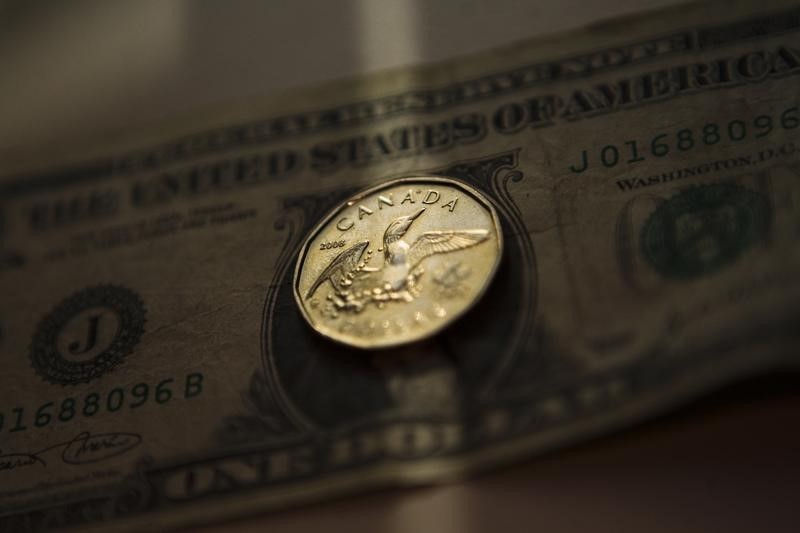(Repeats Jan 7 item with no change to text)
By Alastair Sharp and Amrutha Gayathri
Jan 7 (Reuters) - The Canadian dollar's plunge to a 12-year
low is seen boosting sales for the country's retailers in 2016
as fewer shoppers cross the border south, but profit growth will
vary depending on their ability to control import costs and push
through price increases.
The currency has lost roughly a third of its value against
the U.S. dollar since the start of 2014 as weaker prices for
oil, a key Canadian export, triggered a mild recession last
year. It fell to less than 71 U.S. cents this week.
In their 2016 outlook for Canada, the commercial real estate
services firm CBRE says an influx of tourists and foreign
retailers such as Nordstrom Inc (N:JWN) JWN.N setting up shop should
help spur retail sales growth despite limp economic growth.
"Overall, the low loonie is a positive for Canadian
retailers," said Arlin Markowitz, who analyses urban retail
investment properties for CBRE. "It's not only keeping
Canadians' purchasing power at home, but it's also attracting
tourists."
The Conference Board of Canada has forecast 4.2 percent
growth in retail sales in 2016, up from a likely gain of 1.3
percent in 2015. But it said with costs likely to jump at a
similar clip, margins will likely hold steady.
Canada notched a 9.3 percent increase in inbound overnight
trips by U.S. residents in the first 10 months of 2015,
according to Statistics Canada, while there was a 21.2 percent
decline in the number of Canadians returning from same-day trips
across the border.
"I suspect cross-border shopping (to the U.S.) will all but
die now," said Doug Porter, chief economist at BMO Capital
Markets "That's a positive for Canadian retailers."
IMPORT PRICE CHALLENGE
Still, the weak loonie complicates operations for virtually
all Canadian retailers, especially for those who import a lot of
goods.
The Conference Board noted in its December report that
retailers such as yogawear chain Lululemon Athletica Ltd
LULU.O were recording healthy sales growth due to their
specialized products, even as major chain stores such as Sears
Canada Inc SCC.TO and Hudson's Bay Co HBC.TO were finding it
harder to raise prices.
Bargain chain Dollarama Inc DOL.TO , which relies heavily
on Chinese imports priced in U.S. dollars, has already broadly
raised shelf prices to improve margins, but now risks losing
market shares to rivals, said Neil Linsdell, consumer analyst at
brokerage Industrial Alliance Securities.
As hedging strategies run out of room and margin pressures
worsen, more stores are expected to follow that lead.
"Retailers as much as possible have been absorbing the
devalution of the Canadian dollar," said Daniel Baer, a retail
and consumer industry analyst at Ernst & Young. "If the exchange
rate stays where it is, the impact on pricing will be much more
pronounced."
At Canadian Tire Corp CTCa.TO , executives said in December
that the weaker currency and economic slowdown in Alberta had
hurt its workwear brand Mark's, pushing its overall retail gross
margin excluding petroleum down 33 basis points to 32.9 percent.
Hudson's Bay last month cut its sales forecasts for 2015 and
2016, in part blaming the strong U.S. dollar for less tourist
traffic to its luxury Saks Fifth Avenue stores in the United
States.
BMO's Porter said the relentless one-way move in the
currency is going to cause more and more retailers to "throw in
the towel" and raise prices.
"You don't want to raise prices constantly but you've got to
make adjustments, because you've got to be profitable," said
Michael Budman, a co-founder of Roots, one of the country's most
recognizable clothing brands.
He said privately-held Roots has been helped by the use of
domestic manufacturing and sales in its sizable Asian footprint
priced in U.S. dollars.
